Scientists are raising the alarm over a “giant mercury bomb” hiding beneath the Arctic permafrost.
This ticking environmental time bomb is poised to unleash a wave of toxic mercury into Alaska’s waterways, endangering millions. The chilling revelation comes from a study in the journal Environmental Research Letters.
Melting Menace in Alaska
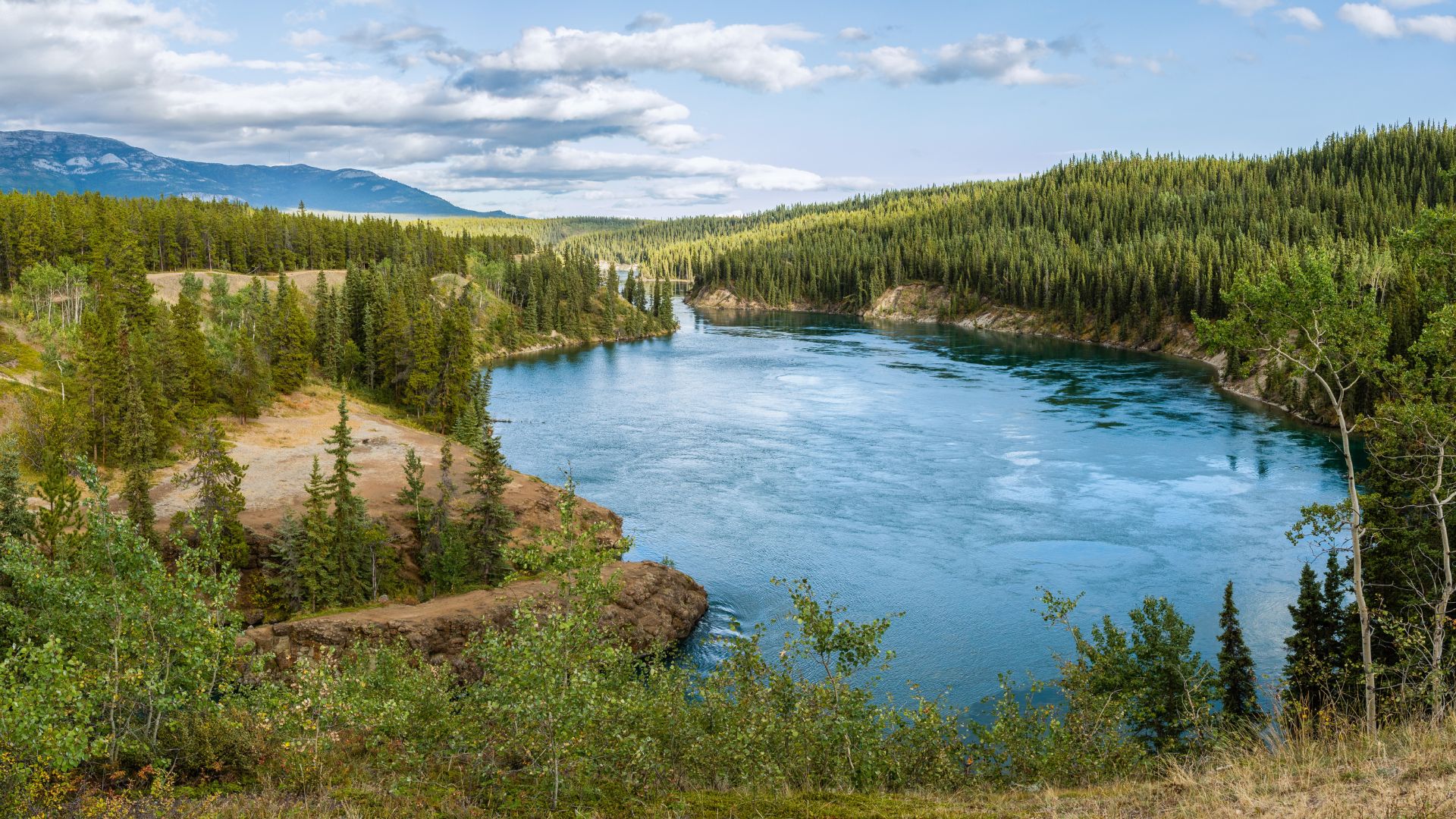
As permafrost in Alaska thaws, it carries the risk of leaching deadly mercury into rivers like the Yukon.
“There could be this giant mercury bomb in the Arctic waiting to explode,” says Josh West from the University of Southern California. The potential disaster could impact water quality and ecosystems across the region.
A Global Concern

Approximately 5 million people who call the Arctic Circle home could face serious risks.
If predictions hold, by 2050, regions with permafrost will diminish significantly, leaving 3 million people directly in harm’s way as the soil continues to degrade and release harmful substances.
Permafrost 101
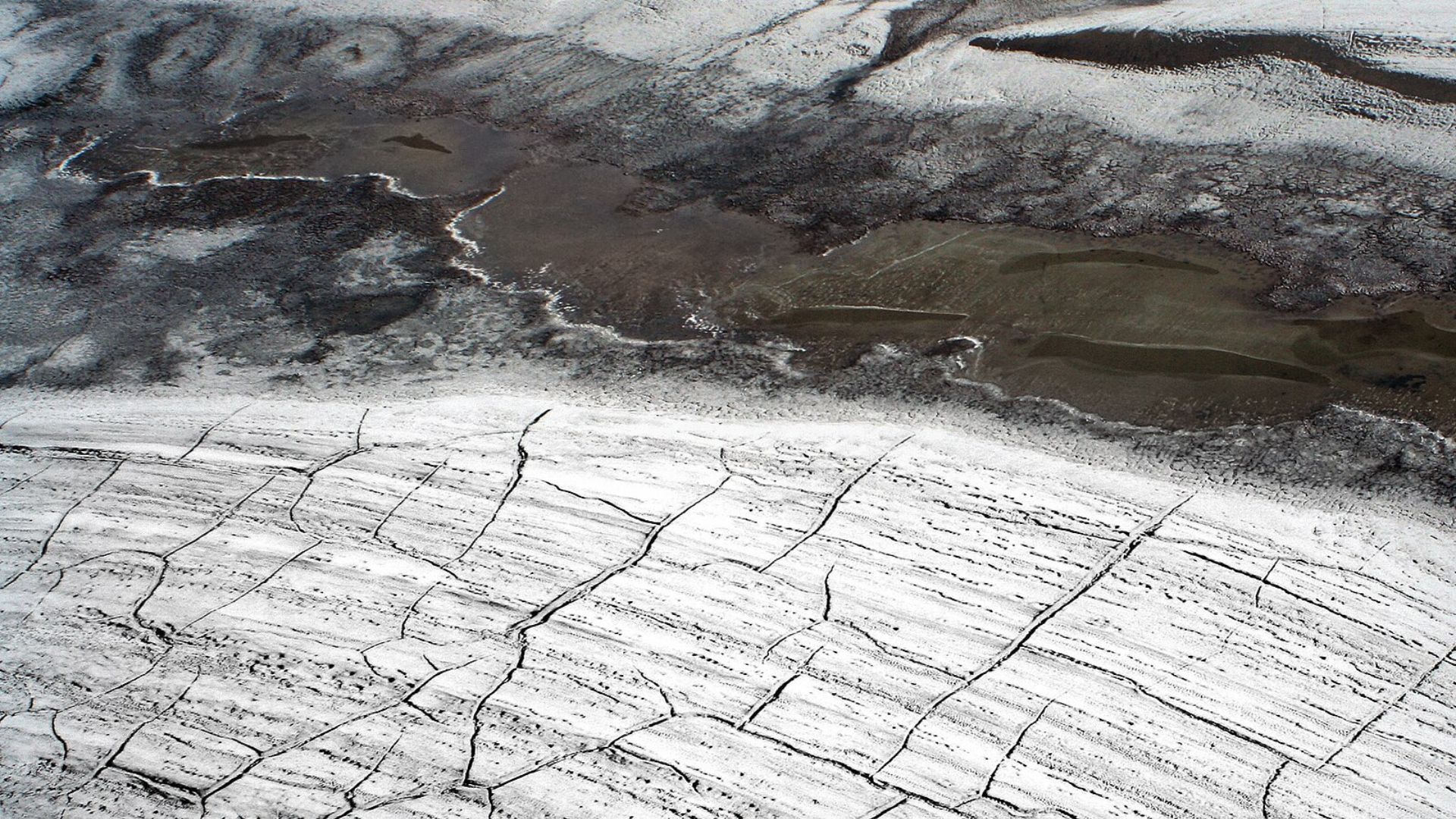
Permafrost, a frozen soil layer, covers vast areas of the Arctic and is vital in maintaining the ecological balance.
It thaws each summer and refreezes in winter but retains deeper frozen layers. Now, this cycle is disrupted, enhancing the risk of mercury release into the environment.
Why Permafrost Is in the Arctic

Pollutants tend to move toward higher latitudes. This is why there is so much mercury in the Arctic.
Mercury accumulates there where plants absorb the chemical. The plants die and become part of the soil, which freezes in the permafrost. This is how the pollutant accumulates over thousands of years and is not especially harmful. The concern arises from when the permafrost thaws.
The Extent of the Freeze
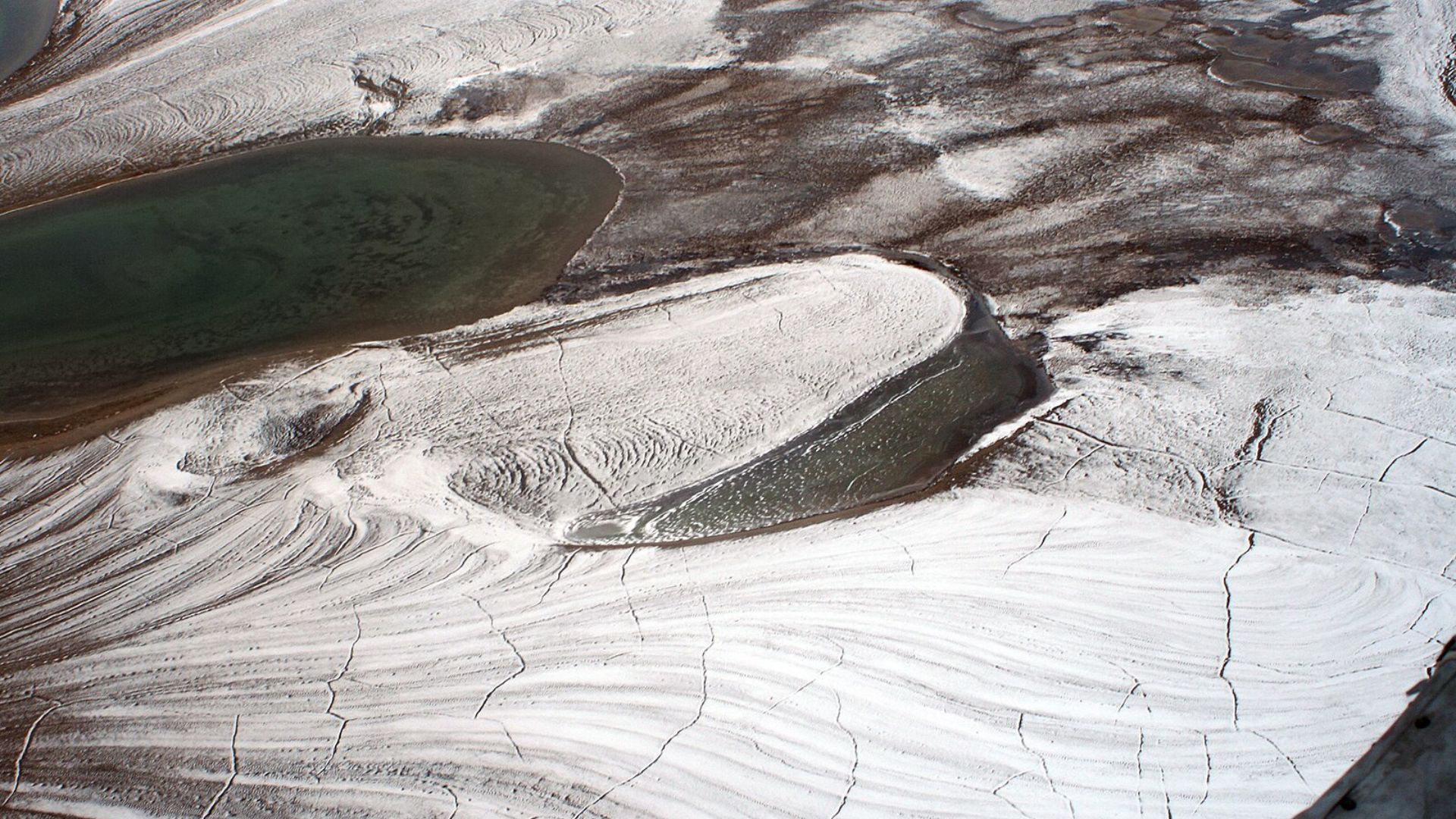
Permafrost spans about 9 million square miles across the Northern Hemisphere. This represents around 25% of the non-glaciated land surface.
The integrity of this massive frozen reservoir is now compromised due to increasing global temperatures.
Accelerating Arctic Changes

“The Arctic is warming four times faster than the global average, destabilizing permafrost soils,” the researchers highlight.
This rapid thawing is not just a theoretical concern but a present reality with immediate and future consequences for global health and safety.
An Extreme Situation
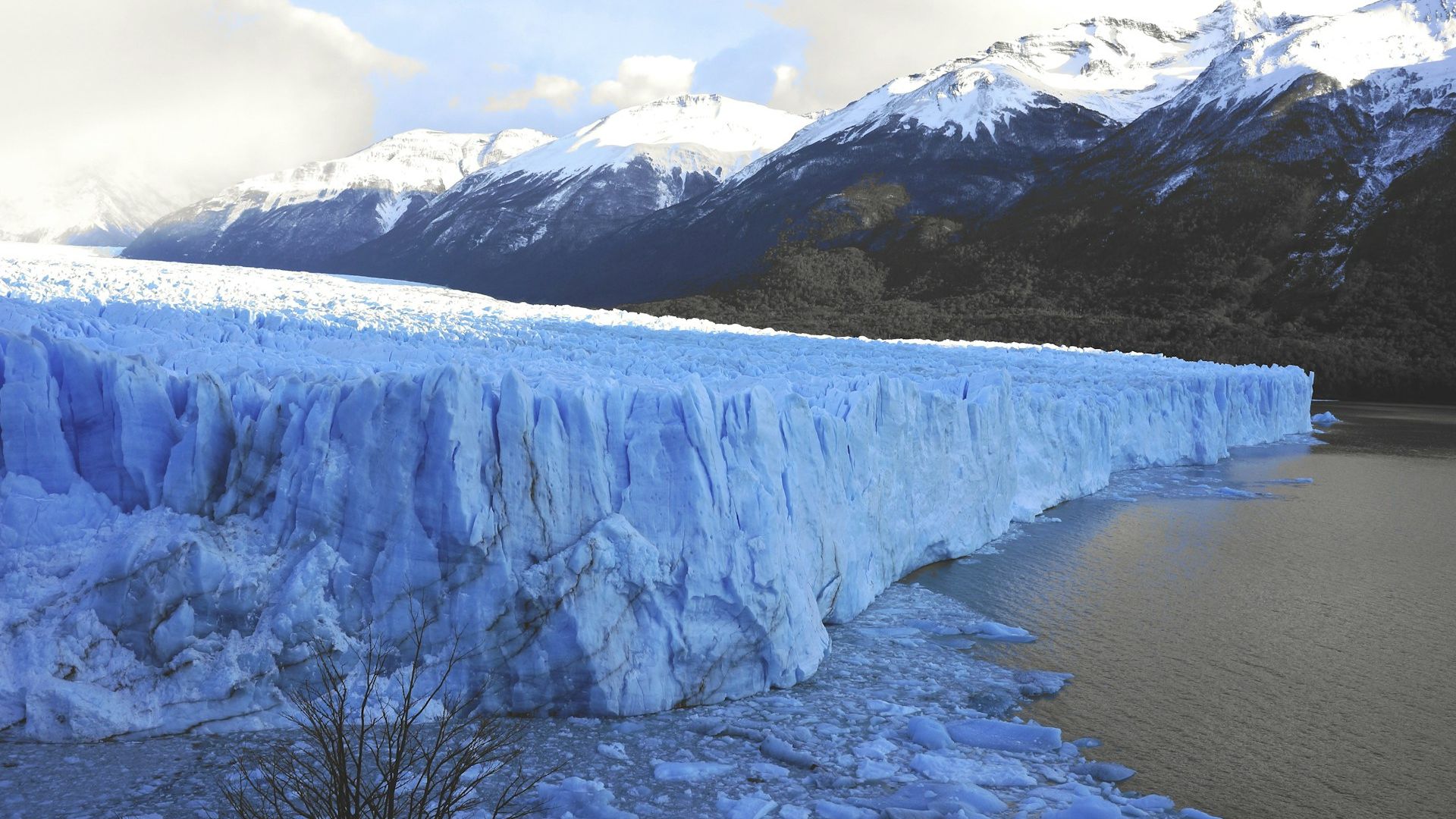
The researchers noted that permafrost could be thawing even faster than current projections claim.
The paper wrote: “While moderate climate scenarios project 15 to 87% permafrost loss by 2100, extreme scenarios estimate up to 99% loss.”
What Lies Beneath
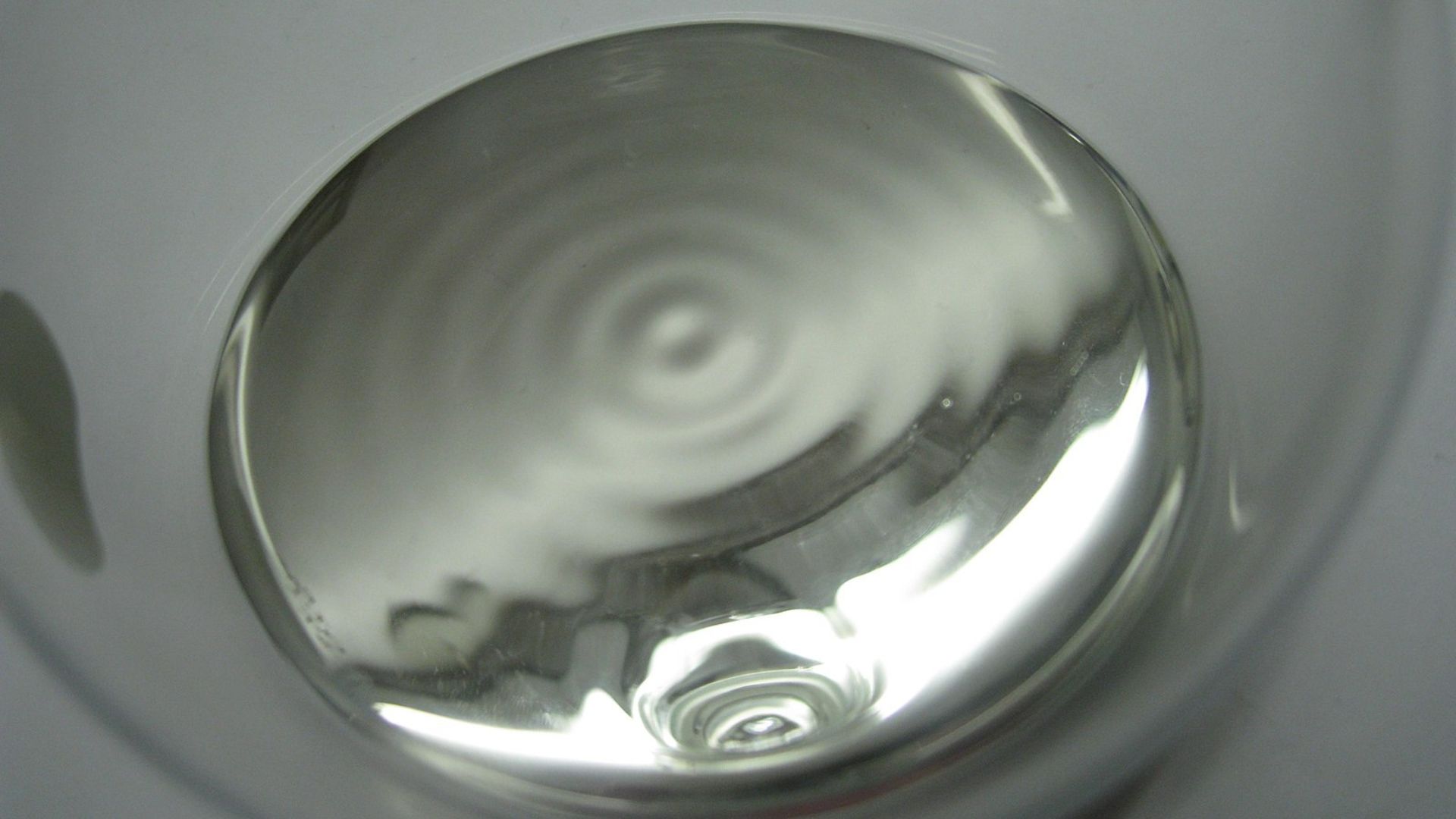
Unlocking permafrost releases more than just water. It emits greenhouse gasses and, alarmingly, vast amounts of mercury.
“Permafrost has accumulated so much mercury that it could dwarf the amount in the oceans, soils, atmosphere and biosphere combined,” notes Josh West.
Measuring the Menace
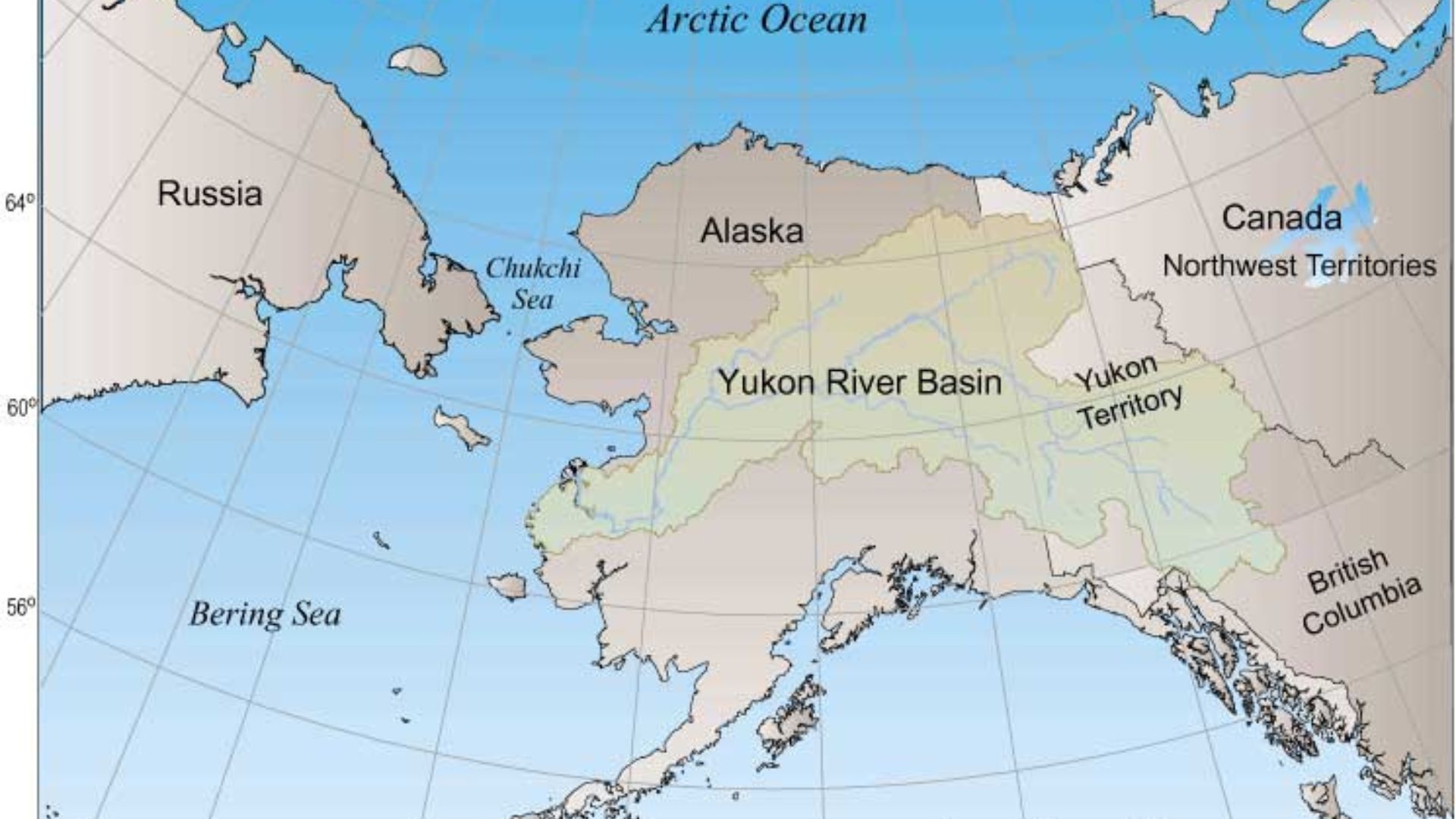
In recent studies, scientists have focused on the Yukon River Basin to gauge how much mercury might be released in the future.
They’re finding that the levels of mercury correspond to the higher estimates of previous studies, signaling an urgent need for monitoring and mitigation.
Different Soils, Different Effects
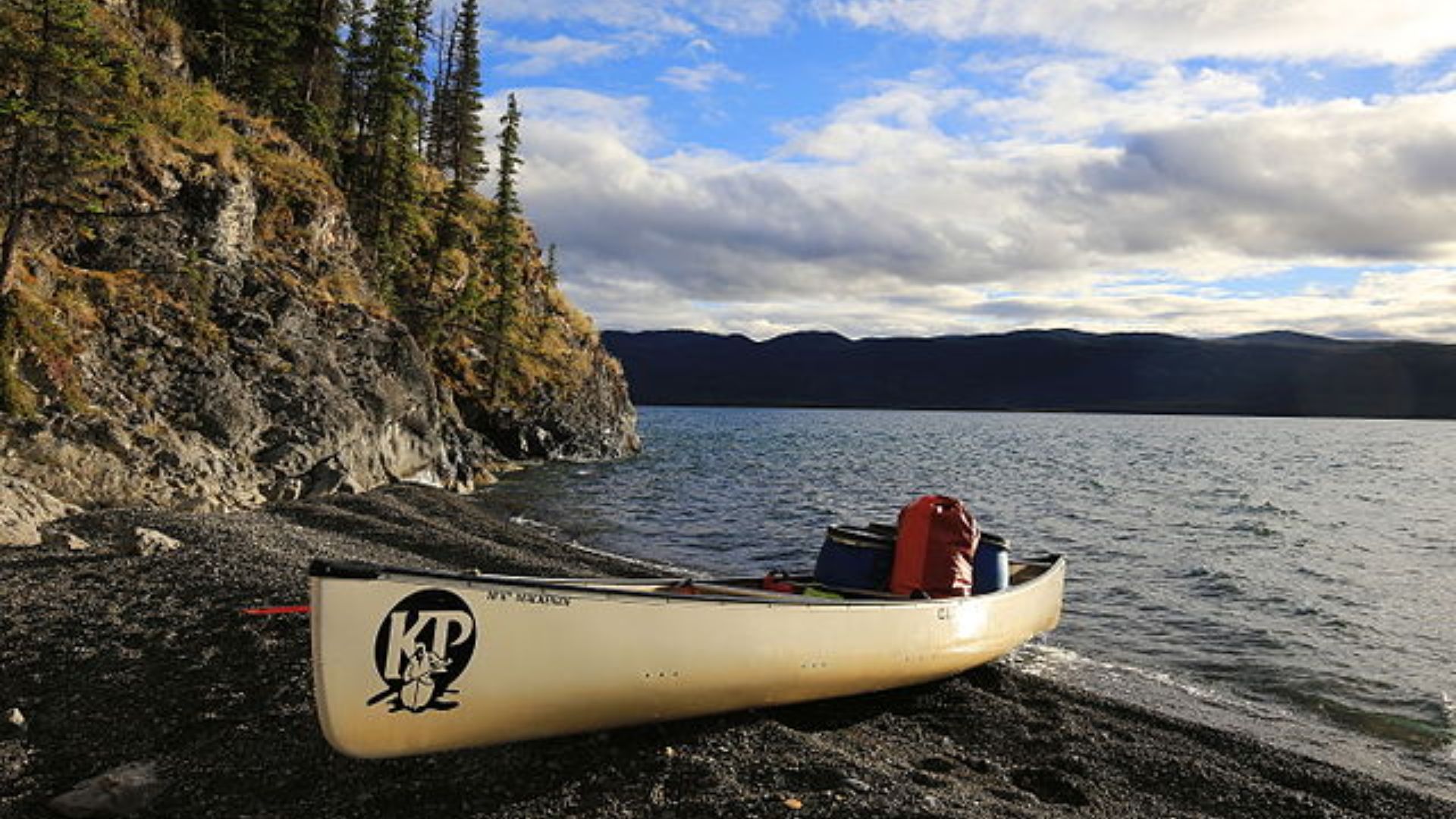
Despite the threat of elevated mercury levels, not all parts of the river will be equally affected.
Researchers found that sediment with finer grains contained more mercury than coarser grains. Different soil types pose different levels of threat to humans and wildlife that live along the Yukon River.
Modern Techniques for a Modern Problem
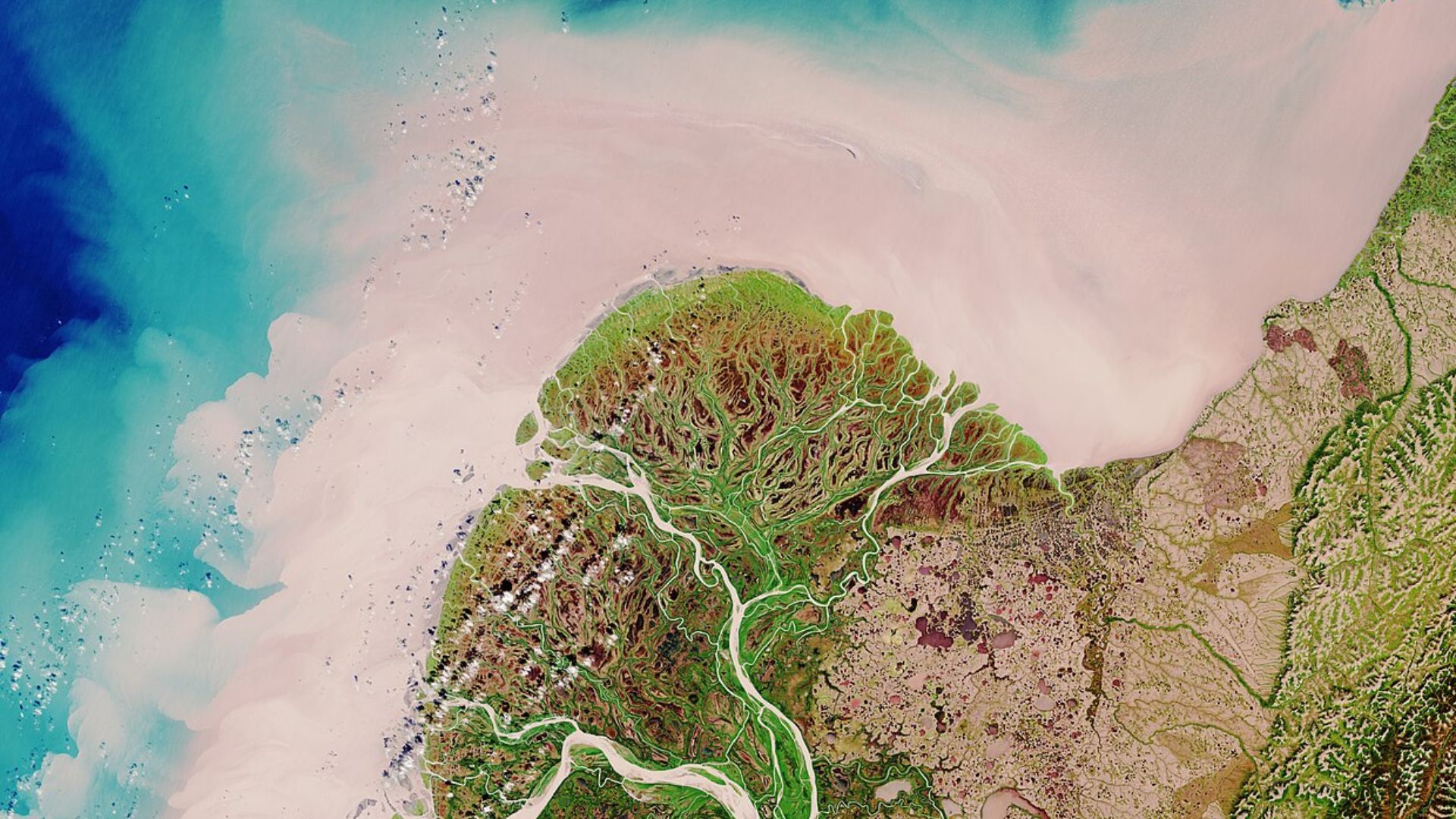
Using remote sensing and on-site measurements, researchers are tracking how changes in river paths could influence mercury distribution.
This comprehensive approach helps provide a clearer picture of the environmental challenges posed by mercury in the Arctic.
Mobilizing Mercury
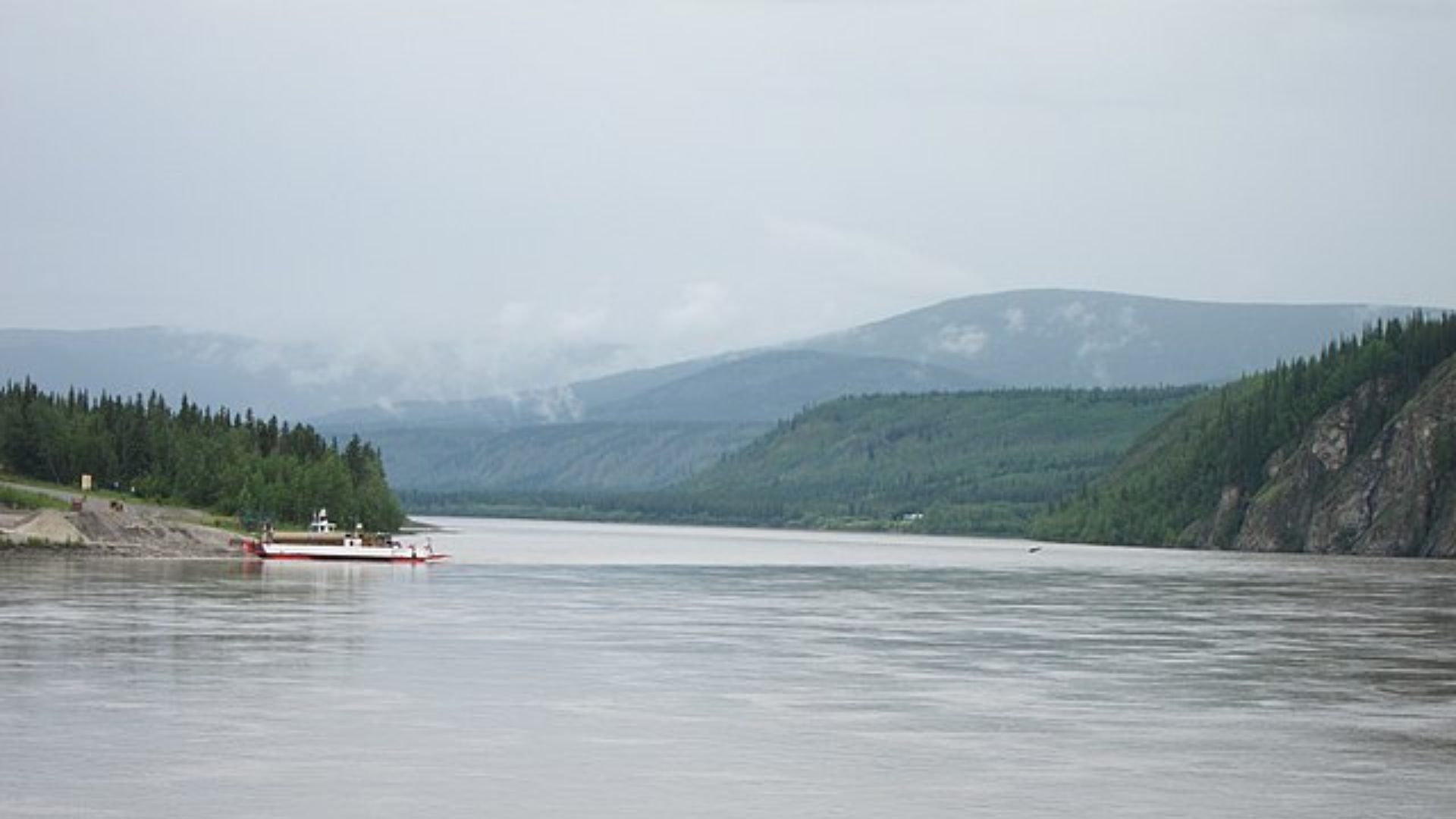
Scientists analyzed sediments in the bank of the Yukon, measuring deeper into the soil.
Co-author of the study, Isabel Smith, said: “The river can quickly mobilize large amounts of sediment containing mercury.”
Rivers Changing Paths
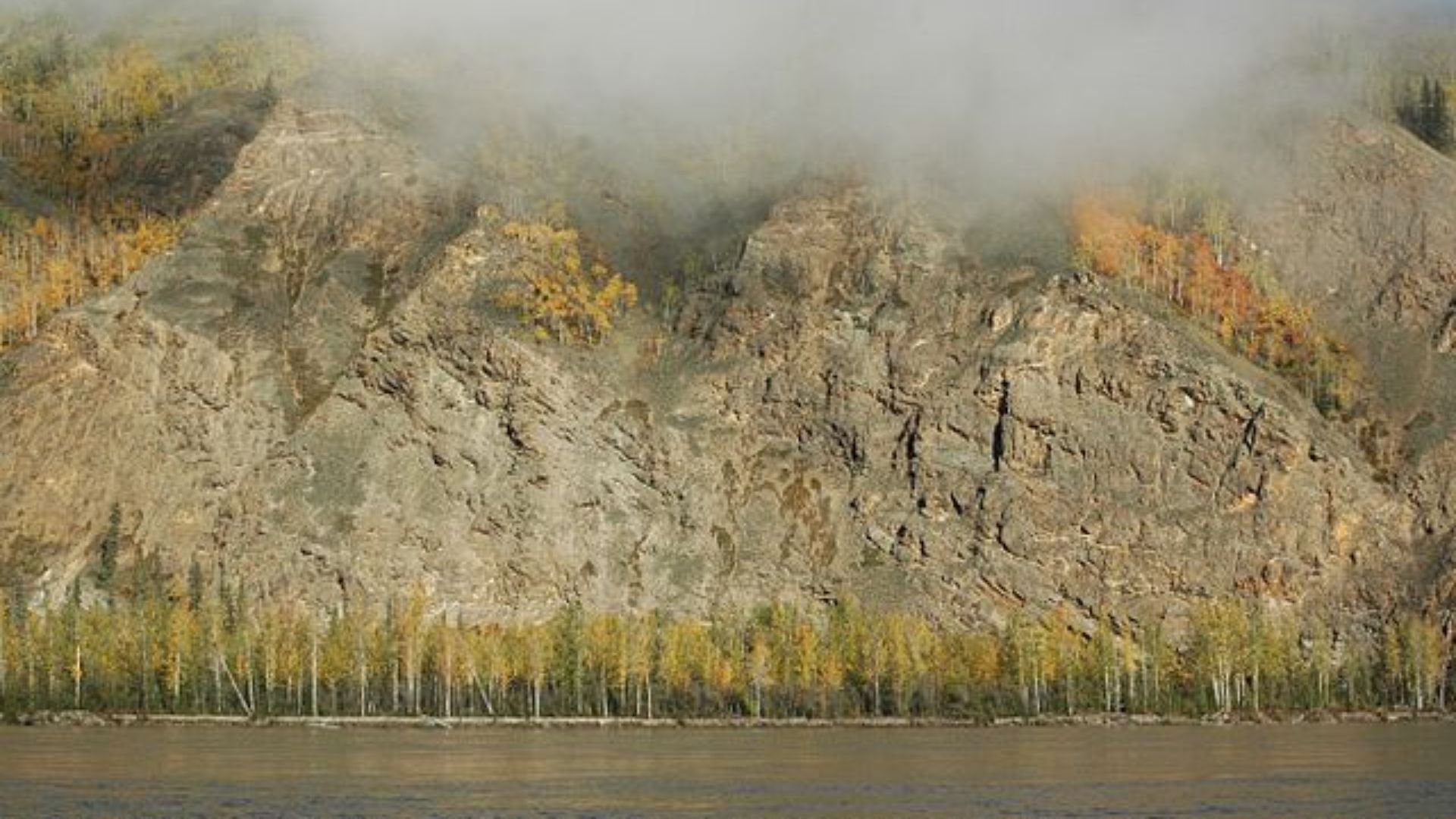
Researchers are also using sensing data from satellites to determine how the Yukon is changing course over time.
This data will reveal how the river could erode sediments containing mercury and wash it downstream. Smith said: “Taking into account all of these factors should give us a more accurate estimate of the total mercury that could be released as permafrost continues to melt over the next few decades.”
The Health Hazard
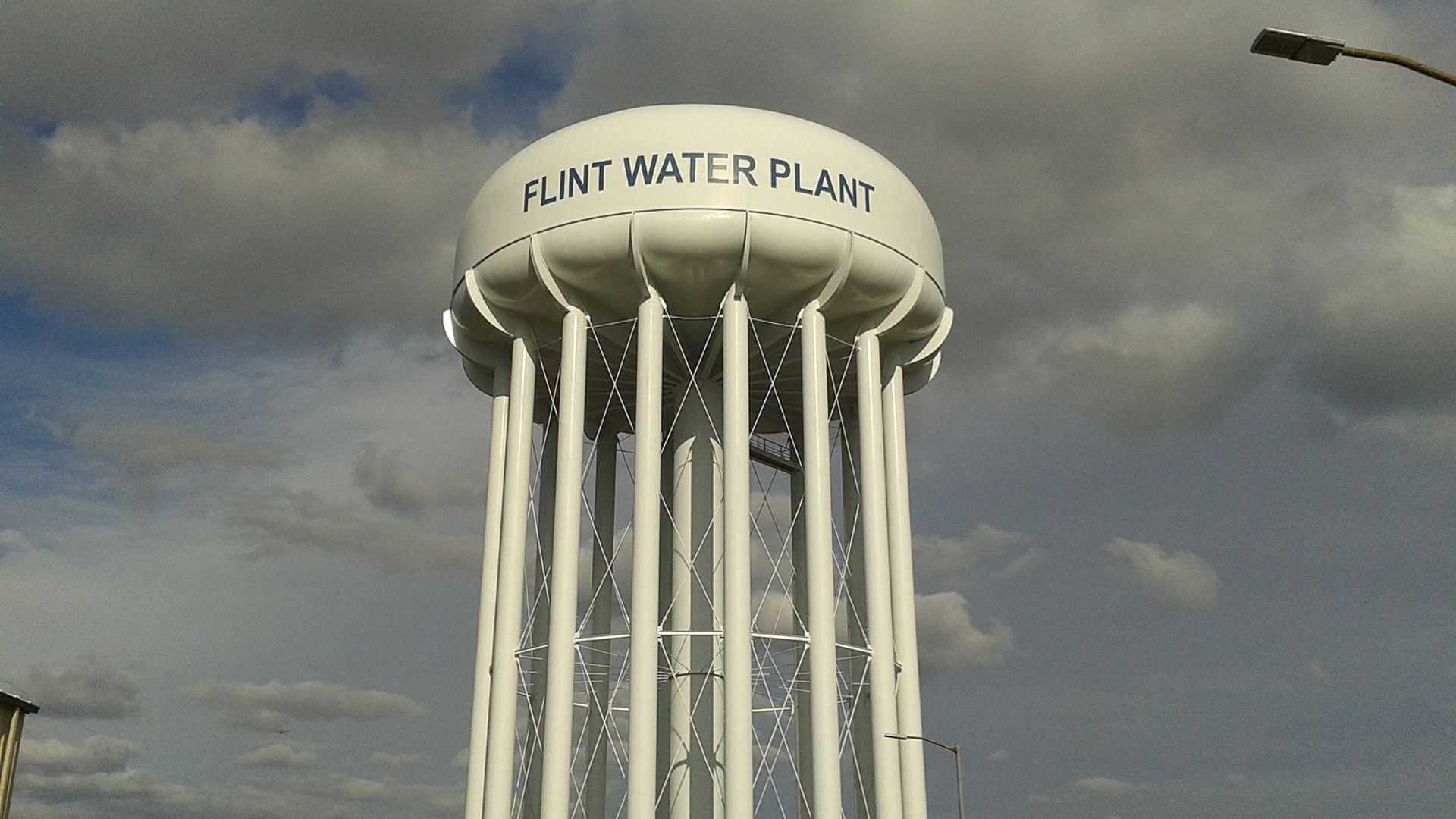
Mercury poisoning can severely affect the nervous system, causing symptoms from tremors to memory loss.
“Most human exposure to mercury comes through diet,” West assures, emphasizing that the current levels are not as dire as water crises like in Flint, Michigan.
Mercury Exposure Is Serious

The impact mercury poisoning can have on your health should not be underestimated.
Mercury can wreak havoc on the nervous system, causing tremors, memory problems, coordination issues and mood changes. It can also cause developmental issues in children along with kidney problems.
Long-term Implications
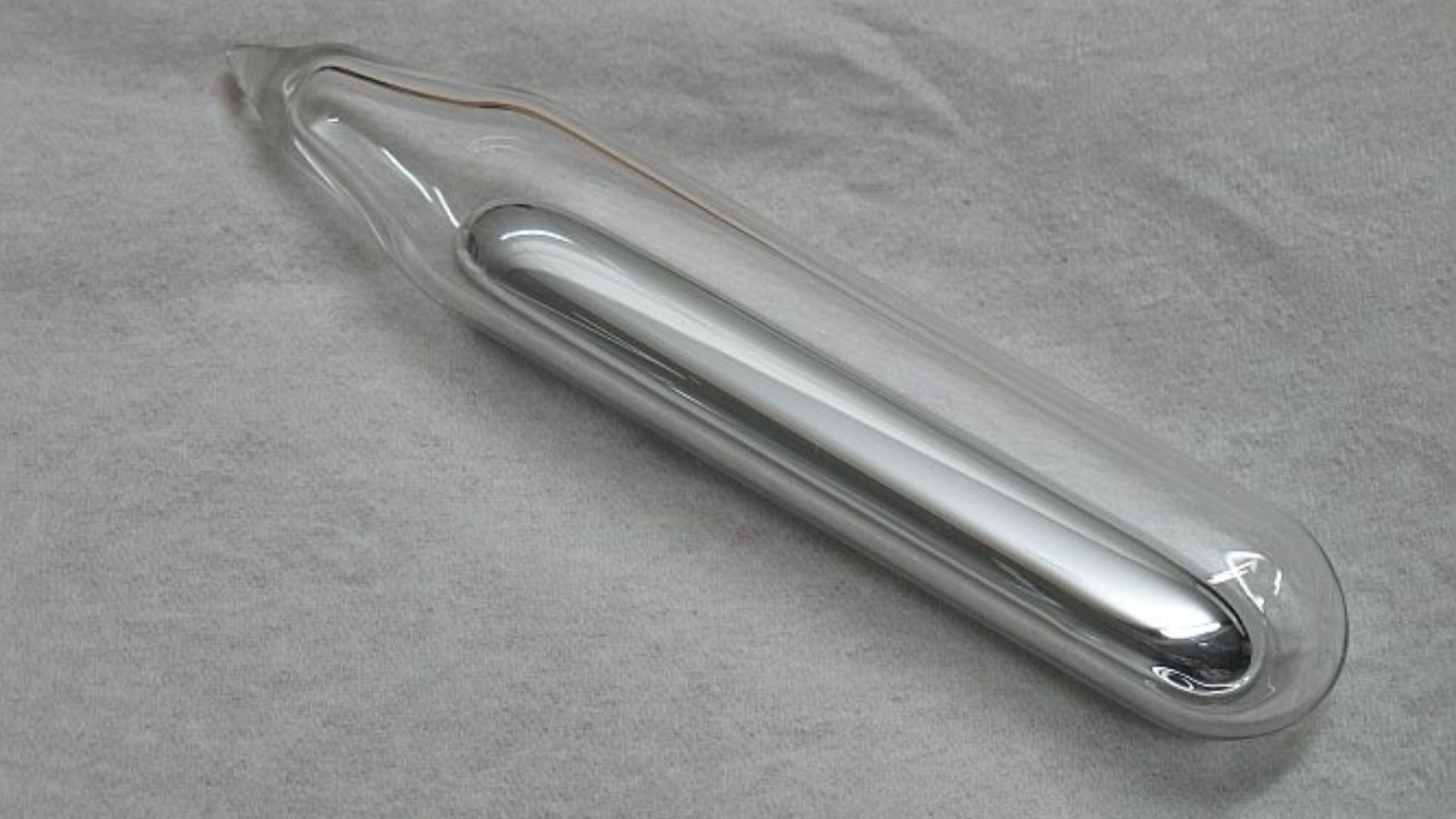
Over time, mercury accumulates in the environment and in living organisms, making long-term exposure a significant concern.
“Decades of exposure, especially with increasing levels as more mercury is released, could take a huge toll on the environment and health,” warns Smith.
A Long-Term Problem

Humans may not feel the effects of higher mercury concentrations for several years.
Mercury accumulates in smaller species that live in the water and are consumed by larger species. Mercury is dispersed throughout entire food chains, which is how humans could consume high levels of mercury in the future.
A Major Impact of Human Life
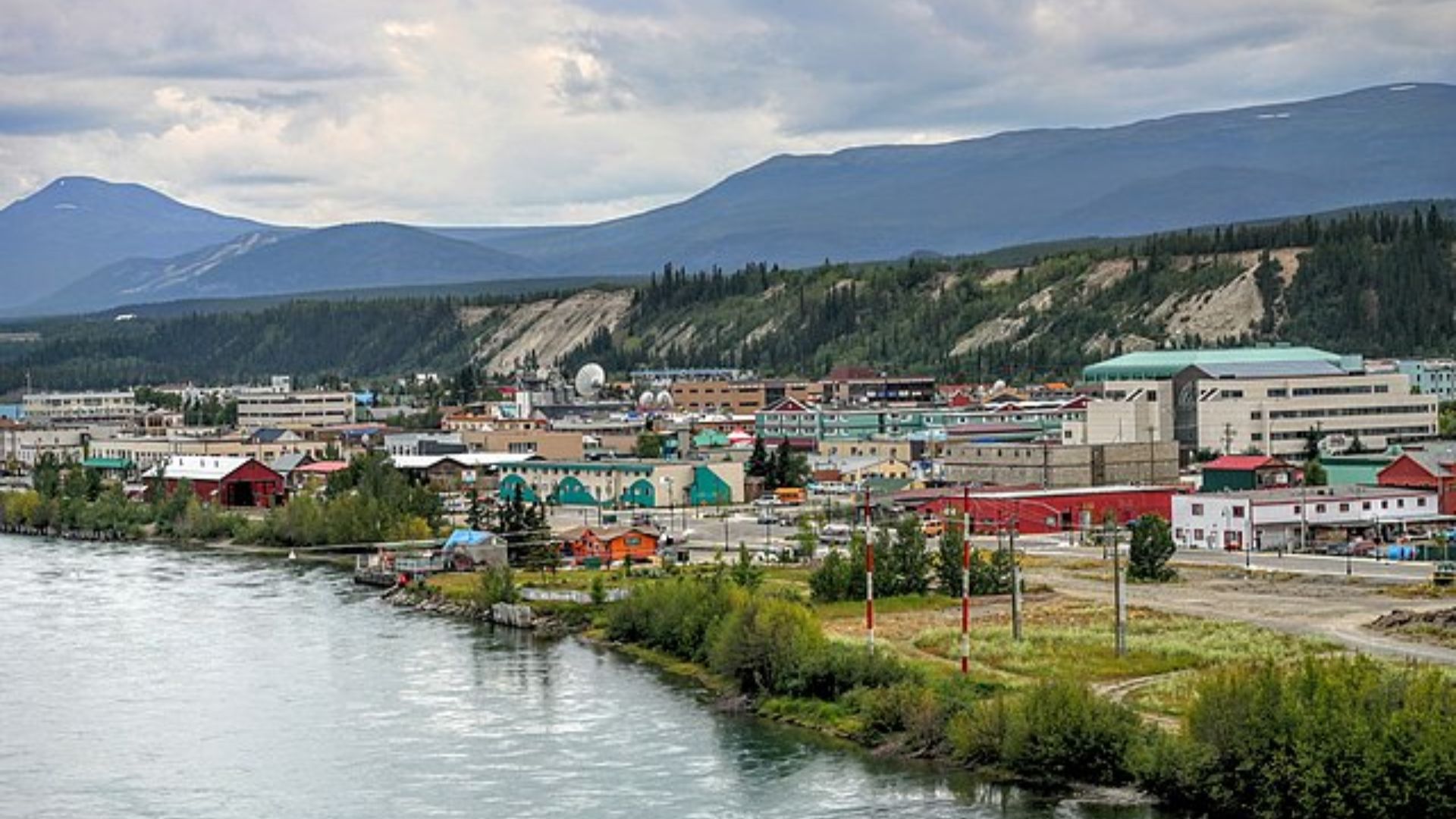
Mercury poisoning often takes place as the chemical builds up in the body over time. We may not know the extent of the danger for several years.
Smith said: “Decades of exposure, especially with increasing levels as more mercury is released, could take a huge toll on the environment and the health of those living in these areas.”
A Complex Cycle

Interestingly, not all the mercury is making its way into the ocean. “The rivers are reburying a considerable amount of the mercury,” West explains.
This reburial adds another layer of complexity to understanding and managing the mercury threat effectively.
Climate Injustice

Elevated levels of mercury already disproportionately affect the native peoples in Alaska and Canada who live along the Yukon.
Increased mercury levels from melting permafrost could be catastrophic for First Nations people. A 2022 Alaskan study concluded that “Arctic Indigenous Peoples are among the most exposed humans when it comes to foodborne mercury.”
Destroying Cultural Practices
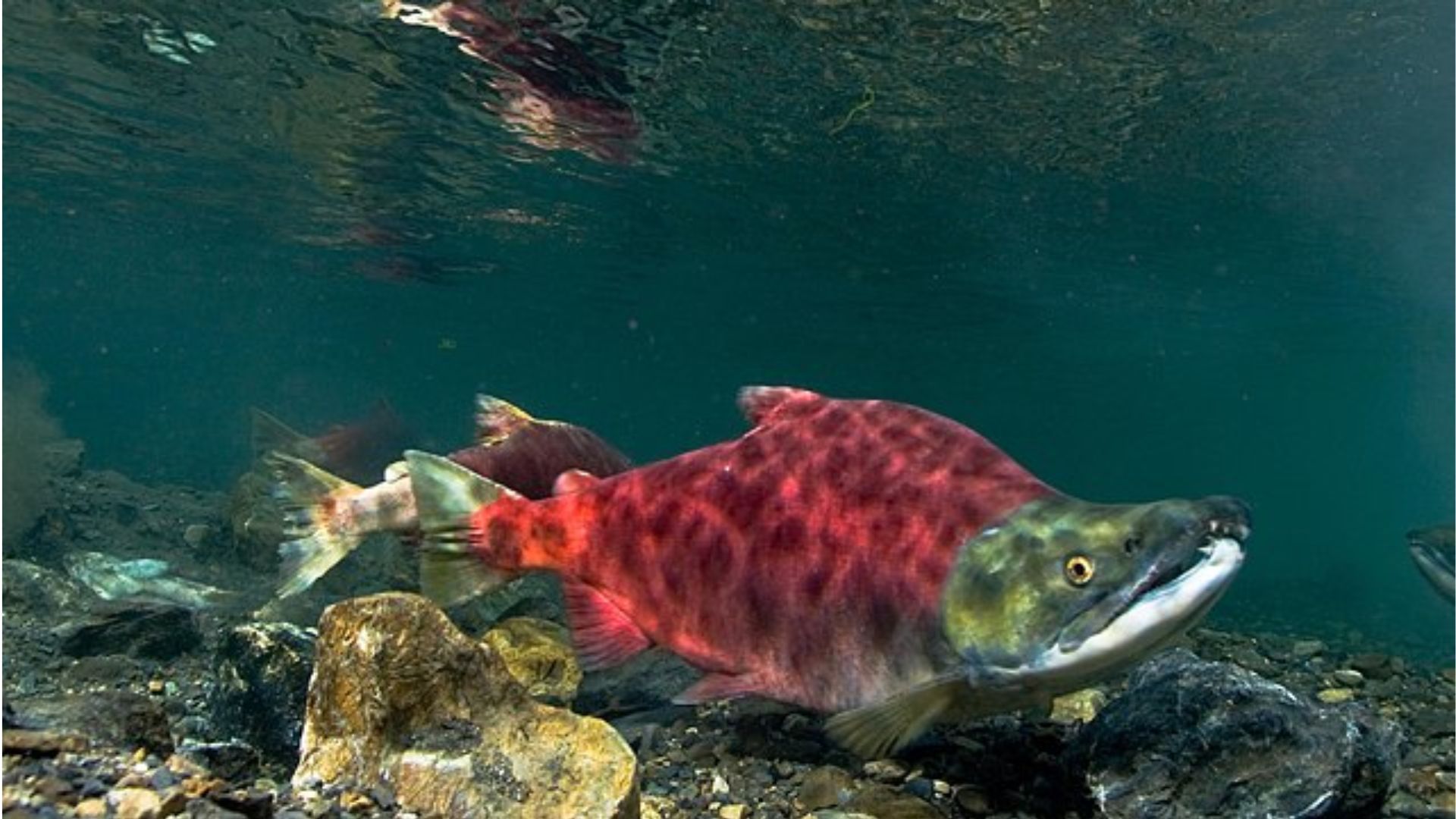
Increased mercury levels in the wildlife on the Yukon River would be disastrous for many Indigenous peoples, whose cultural practices are based on hunting for their food.
Darcy Peter, a Koyukon and Gwich-in Athabascan native in Alaska, said mercury exposure would completely disrupt his life. “Where I’m from in Beaver, there’s no grocery stores. We build our own cabins. We haul our own water. We hunt our own food.”
The Toll of Mercury Exposure
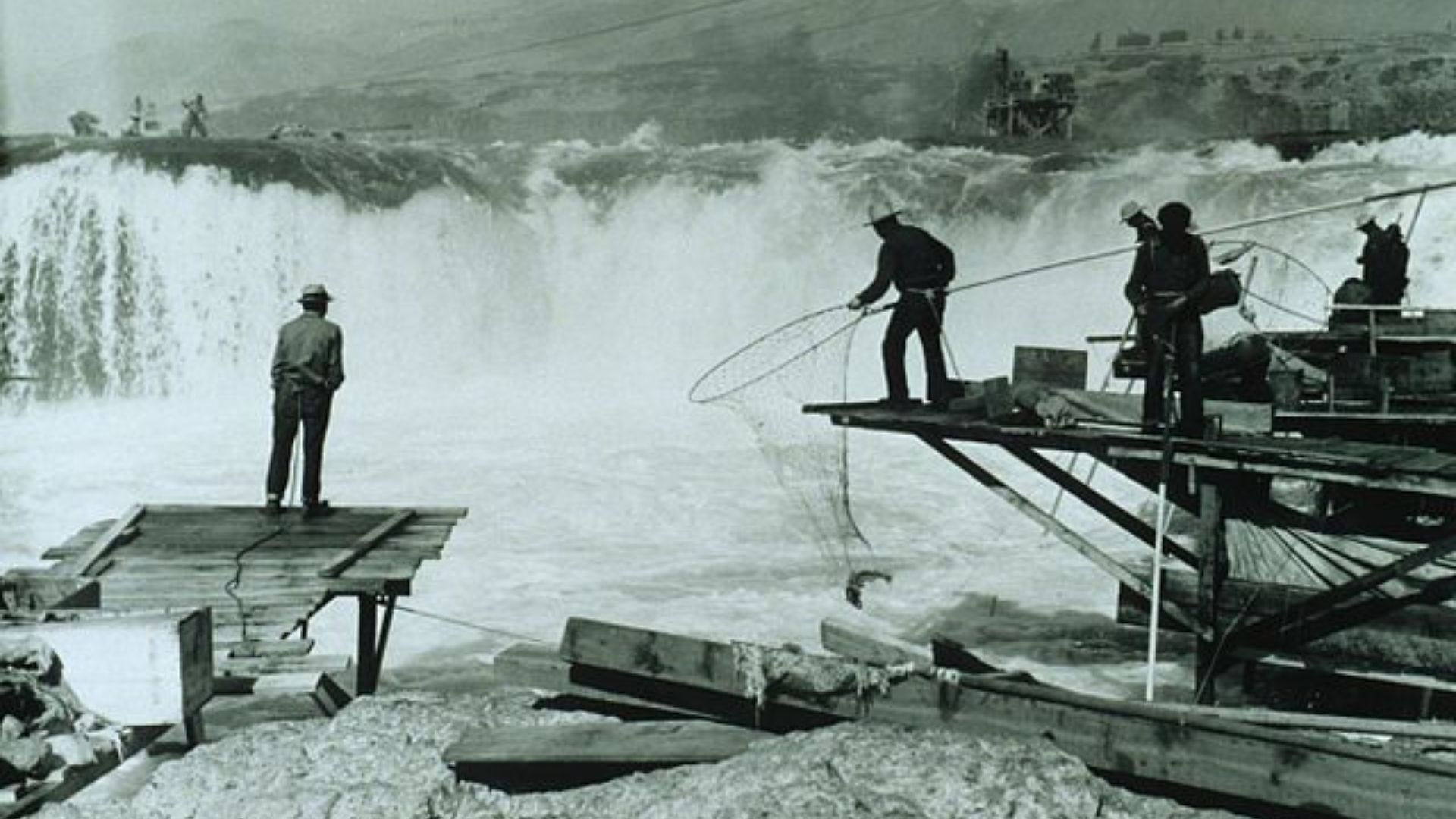
For Indigenous people living near the Yukon, mercury exposure is already a problem.
Peter said she had not seen salmon for years, and mercury already “creates a slew of problems” for herself and her community. “We definitely feel it on a physical scale, an emotional scale and a financial scale — the decline of salmon and the presence of mercury on the Yukon River,” said Peter.
More Accurate Tools

Researchers hope the tools they have developed will paint a more accurate picture of how much mercury will reach human civilization and when.
They say they hope the tolls will enable a more precise assessment of the “mercury bomb.” Maybe by having a better gauge of the situation, they might be able to defuse the bomb.
